The Web, the popular short form for the World Wide Web, also known as WWW, is an online information system that allows documents to be connected to other documents through hypertext links, thus enabling the online user to search for data by shifting from one document to another.
In this article, the terms ‘Web’, ‘World Wide Web’, and ‘WWW’ have the same meaning. When its meaning refers to the WWW, the word ‘Web’ is a proper noun, i.e. it should always begin with a capital ‘W’
Emerging technologies, such as blockchain and the Internet of Things (IoT), are rapidly becoming integrated into the fabric of the Web, enhancing security and interconnectivity.
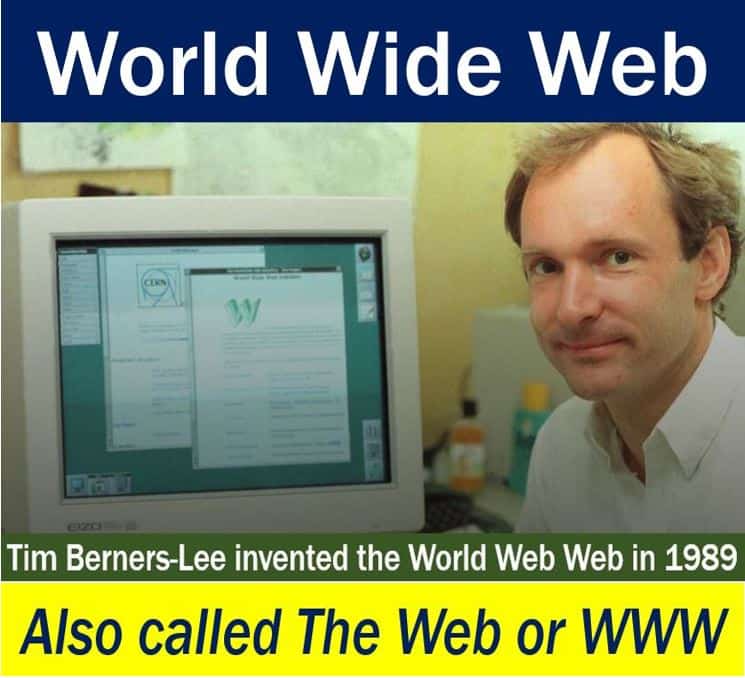
Web vs. Internet
Many people think that WWW is synonymous with the Internet. While the two are closely linked, they are completely different systems.
The Internet is a vast network of computers that are all connected together. It acts as the backbone for the transfer of data across continents, facilitating global connectivity and communication. When you connect your device to the Internet via your ISP (Internet Service Provider), you become part of that ISPs network, which is connected to thousands and thousands of networks that make up the Internet.
WWW is a collection of documents (webpages) found on the Internet. It consists of a huge number of servers that host websites (sites).
Each site has a number of webpages. A webpage may contain images, videos, animations, sounds, text, or a combination.
When we go on the Internet, our computers, smartphone, and tablets use Web browsers to access the Web.
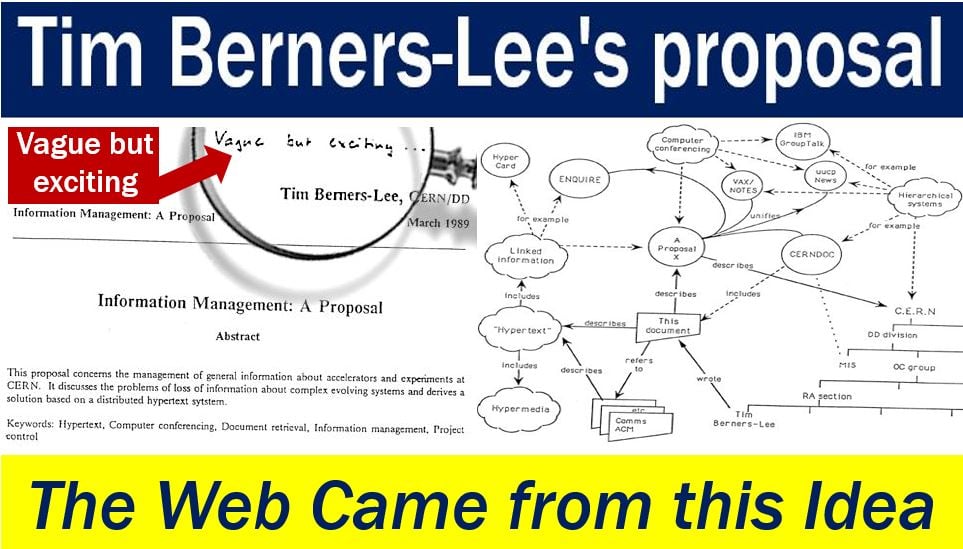
A Web browser (browser) is a software application for retrieving, presenting and traversing data routes on the WWW. Examples of Web browsers include Explorer, Chrome, Firefox, Opera, Edge, and Safari.
Who invented the Web?
According to the World Wide Web Foundation, Sir Tim Berners-Lee, a British computer scientist, invented the Web in 1989.
Sir Tim was born and brought up in London – his parents were early computer scientists. After graduation in physics from Oxford University, he became a software engineer at CERN, the large particle physics laboratory in Switzerland.
Scientists from across the globe were using CERN’s accelerators. However, Sir Tim noticed that they were finding it hard to share the information.
Sir Tim said:
“In those days, there was different information on different computers, but you had to log on to different computers to get at it. Also, sometimes you had to learn a different program on each computer. Often it was just easier to go and ask people when they were having coffee.”
He thought up a way to solve this problem – one that he believed might also have much broader applications.
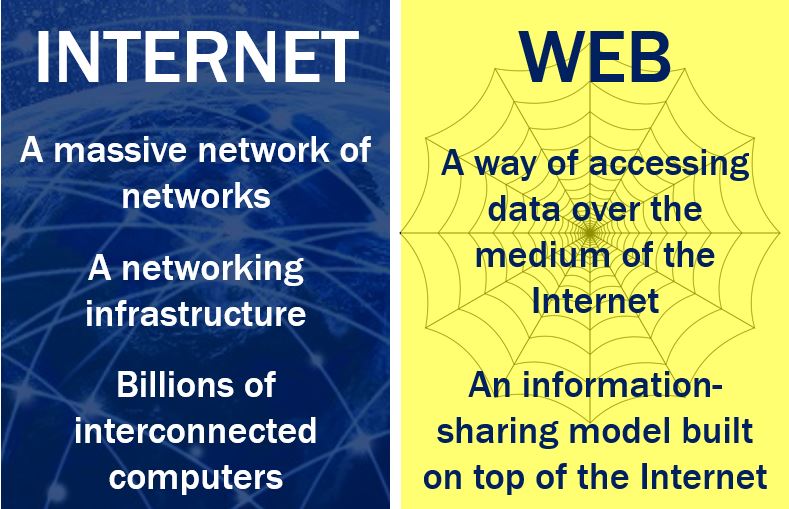
Millions of computers worldwide were being connected together through the rapidly-developing Internet. Sir Tim realized that they could share data by exploiting that emerging technology, known as hypertext.
In 1989, in a document called ‘Information Management: A Proposal’, Sir Tim laid out his vision for what later would become the WWW. At first, his proposal was turned down. His boss, Mike Sendall, wrote the following comment: “Vague, but exciting.”
While WWW was never an official project in CERN, Sendall gave Sir Tim time to work on it in September 1990. He began using one of Steve Jobs’ early products – a NeXT computer.
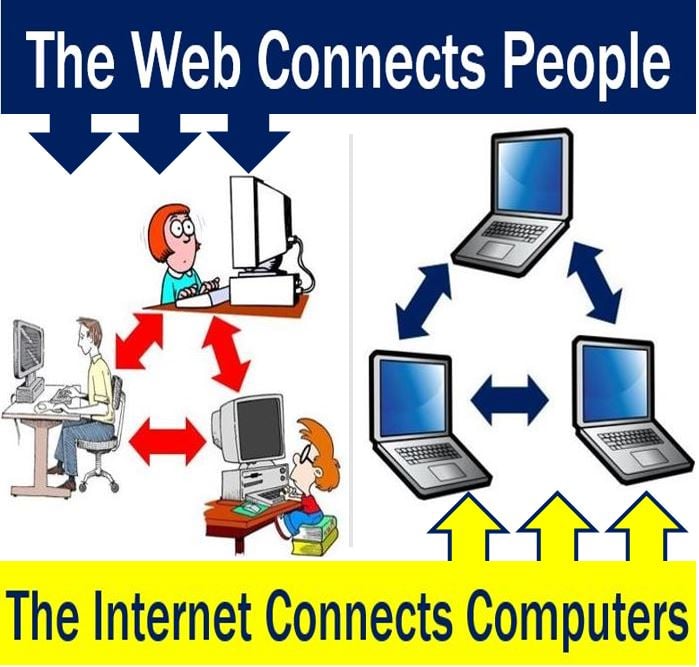
Three technologies
By October of the same year, he had written three fundamental technologies that the online world still uses today:
- HyperText Markup Language: known more commonly as HTML. The formatting (markup) language for the WWW.
- Uniform Resource Identifier: or URI. A type of ‘address’ that is unique and used to identify each Web resource. It is also called URL. Put simply, it means ‘the Web address’.
- Hypertext Transfer Protocol: or HTTP. It allows for the retrieval of linked resources from across the WWW.
Sir Tim wrote the first WorldWideWeb.app – the first webpage editor/browser) and the first Web server (httpd).
The end of 1990 saw the first Web page to be served on an open internet. In 1991, the new Web community included people outside of CERN.
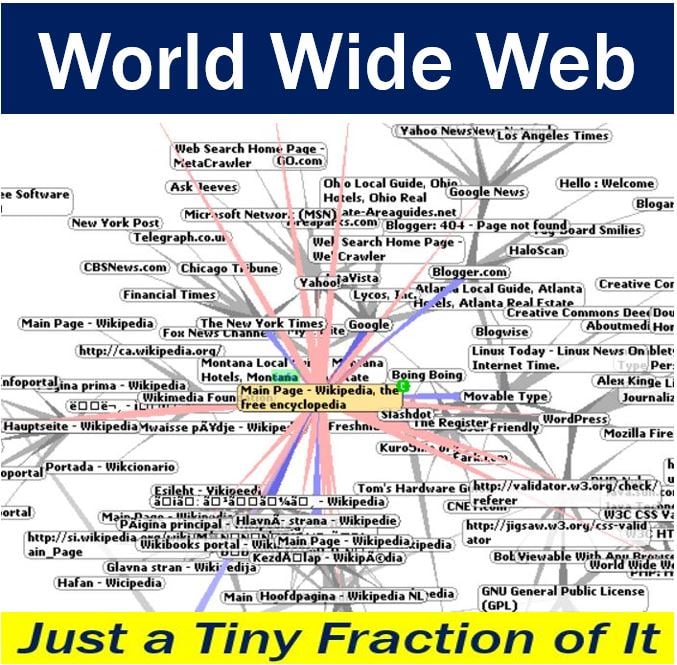
Sir Tim saw WWW’s potential
He realized that its true potential could only be fully unleashed if any individual anywhere in the world could use it without having to pay a fee or needing to ask for permission.
Sir Tim explained:
“Had the technology been proprietary, and in my total control, it would probably not have taken off. You can’t propose that something be a universal space and at the same time keep control of it.”
Sir Tim and colleagues advocated to ensure that CERN would be willing to make the underlying code available free of charge – on a royalty-free basis – forever.
This decision was announced formally in April 1993, and was followed by a global wave of collaboration, creativity, and innovation that had never been seen before.
In 1994, Sir Tim moved from CERN to MIT (Massachusetts Institute of Technology) in the United States, where he founded W3C (World Wide Web Consortium), a global community devoted to developing open WWW standards. He is still the Director of W3C.
